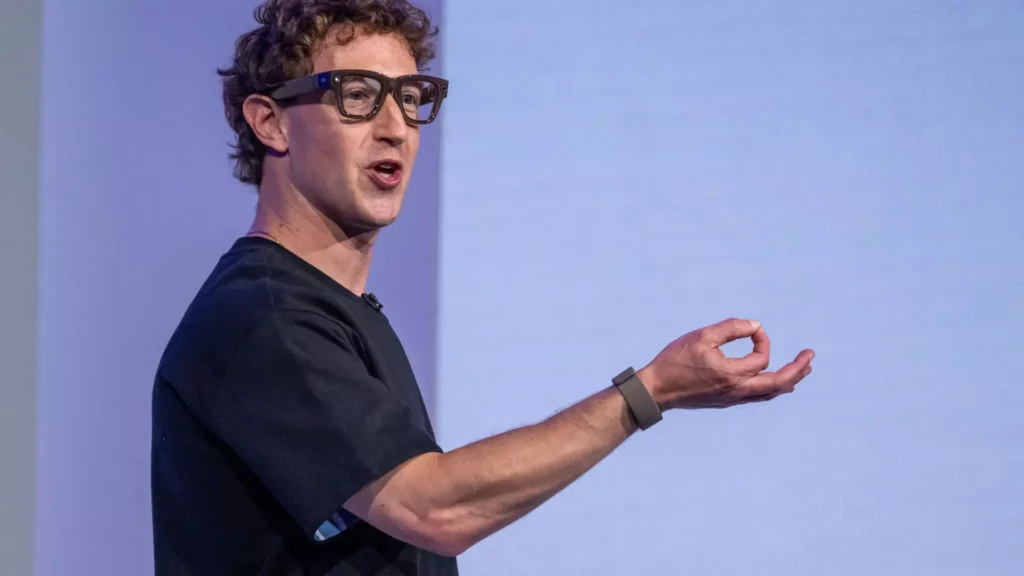Elon Musk has always been a figure synonymous with ambition, and his latest venture involving X, formerly known as Twitter, is no exception. His aspiration to transform the platform into an “everything app” reflects a visionary approach that some hail with excited anticipation and others view with skepticism. Following the footsteps of WeChat, which seamlessly integrates messaging, shopping, and payment into one application, Musk aims to replicate this model for a Western audience. While the allure of a fully integrated digital experience resonates with many, there’s a gnawing doubt about whether this ambitious dream is just that—an elaborate chimera tethered to unrealistic expectations.
In countries like China, the WeChat model has thrived, largely due to cultural tendencies around collective engagement and multifunctionality. Yet, in the West, the entrenched individualistic mindset and a penchant for dedicated applications raise critical questions. Can Musk’s vision, infused with his unique audacity, effectively cross cultural chasms? Or are we witnessing yet another case of a Silicon Valley giant misreading the room?
Feature Over Abstraction
Musk has unveiled enticing features aimed at enhancing user engagement, including full message encryption, file sharing, and an innovative vanishing mode. While these improvements appear appealing, diving deeper into their substance reveals concerns. X already provides optional encryption for premium subscribers—a move that has stirred conversation on data privacy but arguably lacks a comprehensive framework to compete against established rivals like WhatsApp and Signal.
The planned enhancements illustrate a critical ambivalence: Are these features genuinely impactful, or are they merely facades masking a precarious foundation? Musk risks alienating potential users if he believes flashy features alone will entice them to abandon their beloved applications. Most individuals gravitate towards platforms they trust; introducing new functionalities is not a silver bullet for loyalty.
The plethora of messaging services thrives on reliability and user familiarity, elements that Musk’s revamped X must prove it can deliver.
The Cultural Challenge
Western app users exhibit a distinct preference for specificity; they tend to favor dedicated applications designed with singular functionalities. The historical attempts of behemoths like Meta (formerly Facebook) and Amazon to introduce integrated platforms have largely faltered, hinting that users tend to compartmentalize their digital experiences. This behavior signals a resistance to Musk’s fantastical vision of an all-encompassing platform.
Messenger, initially envisioned as the Western WeChat, encountered significant hurdles in its journey to attract users despite ambitious expansions. Meanwhile, the underwhelming reception of WhatsApp’s shift to an e-commerce platform in India serves as a cautionary tale. Musk’s pursuit of an extensive all-in-one app might be swimming against the cultural tide, raised in a climate that prizes specialization.
Consumer Behavior and Market Signals
For Musk’s X to flourish as an influential player in the messaging landscape, it must factor in the nuanced bedrock of consumer behavior. The competing services like Telegram, Microsoft Teams, and WhatsApp create an intricately woven ecosystem where users easily navigate distinct functionalities. As their preferences demonstrate, the Western audience is quite hesitant about moving away from the tools they already find reliable.
The conflict is underscored by app systems like TikTok, which, despite its immense popularity, treads cautiously in exploring in-app e-commerce strategies. The skepticism looms large, suggesting that users may not readily embrace multi-functional apps. This skepticism infuses doubt into Musk’s grand vision; it raises questions concerning whether the path forward for X is paved with broad acceptance or further isolation.
Path Ahead: Enter with Caution
While the proposed changes could generate interest among current users and potential newcomers, X stands at a precarious intersection. The platform must heed the desires of its user base, or risk forfeiting a loyal audience in pursuit of a vast yet contested vision. Musk’s audacious aspirations for X are not in themselves detrimental; however, they become problematic in the face of a market willing to call for specialization.
As the messaging sector burgeons with innovations and fierce competition, X’s hopes of becoming a dominant player must be tempered by an understanding of its users’ ethos—an ethos that favors reliability over comprehensive but convoluted services. It poses a pressing challenge: to weave progressive enhancements into a narrative that resonates with the existing culture rather than alienates it. In this endeavor, the task ahead is complex; pursuing a holistic vision calls for not only audacity but also sensitivity to the very fabric of user preferences that have shaped the digital landscape.









Leave a Reply